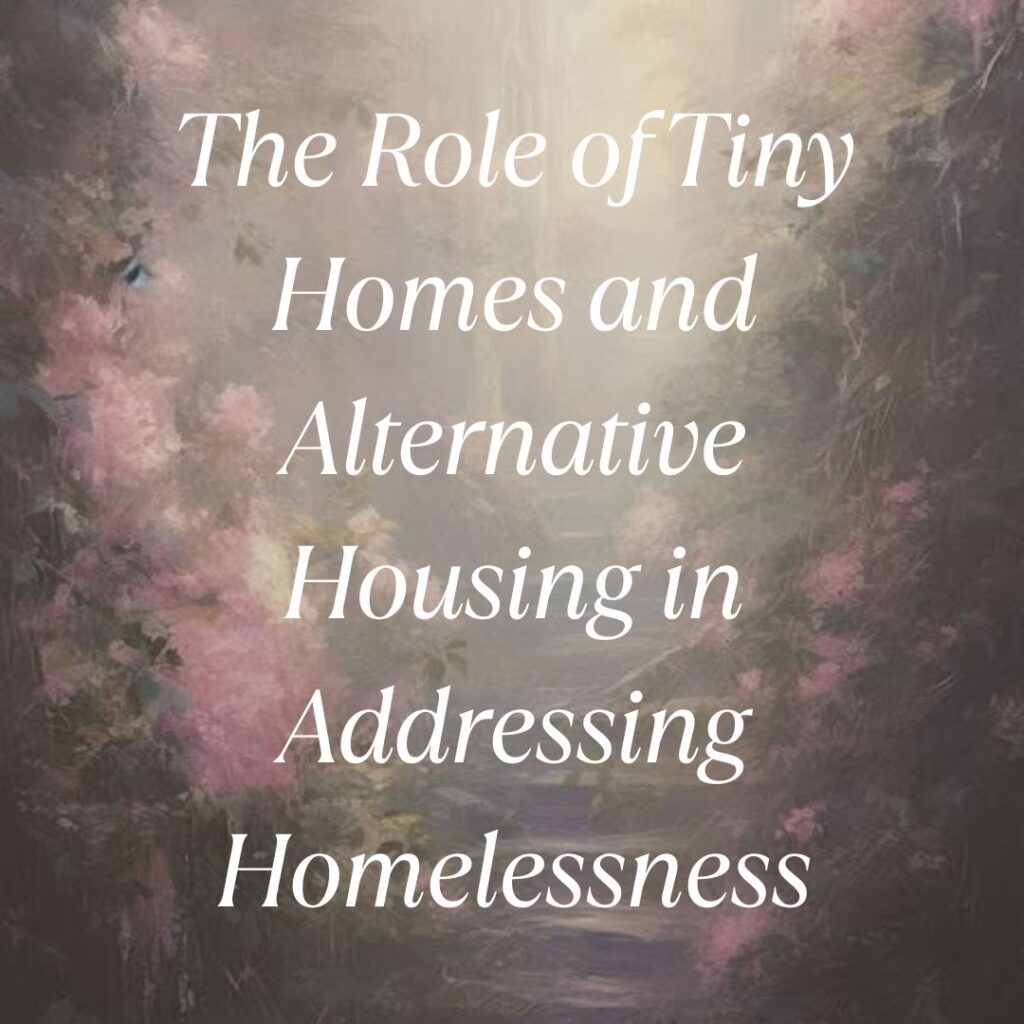In recent years, the issue of homelessness has become increasingly prominent, prompting innovative solutions to provide shelter and stability to those in need. Among these solutions, tiny homes and alternative housing options have emerged as viable alternatives to traditional housing models. This article explores the role of tiny homes and alternative housing in addressing homelessness, highlighting their benefits, challenges, and impact on communities.
Understanding Homelessness: A Growing Challenge
Homelessness is a multifaceted issue that affects individuals and families worldwide. Factors such as economic instability, lack of affordable housing, mental health challenges, and societal marginalization contribute to the persistence of homelessness in many communities. According to recent statistics, millions of people experience homelessness globally, with numbers varying significantly between urban and rural areas.
The Rise of Tiny Homes: Compact Solutions with a Big Impact
Tiny homes, typically ranging from 100 to 400 square feet in size, have gained popularity as a cost-effective and efficient housing option for homeless individuals and families. These compact dwellings are designed to maximize space utilization while providing essential amenities for comfortable living. Equipped with basic necessities such as beds, kitchenettes, and bathrooms, tiny homes offer a sense of privacy and security that traditional shelters sometimes lack.
Benefits of Tiny Homes:
- Affordability: Tiny homes are often more affordable to build and maintain compared to conventional housing units, making them a viable option for low-income individuals and families.
- Mobility: Many tiny homes are designed to be portable, allowing residents to relocate easily when necessary. This flexibility is particularly advantageous for populations facing transient circumstances.
- Community Integration: Tiny home communities foster a sense of belonging and mutual support among residents. They often encourage communal spaces and shared resources, promoting social interaction and cooperation.
Challenges and Considerations
While tiny homes offer promising benefits, they are not without challenges. Zoning regulations, land availability, infrastructure requirements, and societal stigma are significant barriers to widespread adoption. Many municipalities struggle to implement supportive policies and infrastructure that accommodate tiny home communities effectively.
Challenges:
- Zoning and Regulations: Local zoning laws may restrict the placement of tiny homes in residential areas, limiting their availability as a housing option.
- Infrastructure Needs: Access to utilities such as water, electricity, and sanitation services is crucial for the sustainable operation of tiny home communities.
- Social Stigma: Some communities may resist the establishment of tiny home developments due to misconceptions or biases against homeless populations.
Alternative Housing Models: Diverse Approaches to Homelessness
In addition to tiny homes, alternative housing models encompass a wide range of innovative solutions tailored to address specific needs within homeless populations. These models include:
- Modular Housing: Prefabricated units that can be assembled quickly and scaled according to demand.
- Transitional Housing: Temporary accommodations coupled with supportive services to facilitate the transition from homelessness to stable housing.
- Micro-Apartments: Small-scale living units designed for single occupants or small families, often located in urban settings.
Impact on Communities and Future Outlook
The implementation of tiny homes and alternative housing models has demonstrated positive outcomes in many communities. Studies indicate improved mental and physical health outcomes among residents, increased housing stability, and reduced strain on emergency shelter systems. Furthermore, these initiatives contribute to neighborhood revitalization and economic development by repurposing underutilized spaces and promoting sustainable urban planning practices.
Case Studies and Success Stories:
- Community Support: Organizations like Community First! Village in Austin, Texas, have pioneered successful tiny home developments that integrate supportive services and foster a sense of community among formerly homeless individuals.
- Government Initiatives: Cities such as Seattle and Portland have launched pilot projects to assess the feasibility of tiny homes as a scalable solution to homelessness, with promising initial results.
Conclusion: Embracing Innovation in Housing Solutions
In conclusion, tiny homes and alternative housing models represent innovative responses to the complex challenge of homelessness. By addressing affordability, mobility, and community integration, these solutions offer practical pathways to housing stability and social inclusion for vulnerable populations. As communities continue to explore and expand these initiatives, collaboration between government agencies, nonprofit organizations, and local stakeholders will be essential to overcoming existing barriers and maximizing the potential of alternative housing in creating lasting change.
In the face of ongoing societal challenges, the role of tiny homes and alternative housing in addressing homelessness stands as a testament to the power of innovation and compassion in shaping more equitable and resilient communities. Through thoughtful planning, inclusive policies, and community engagement, we can build a future where housing is a fundamental right accessible to all.







